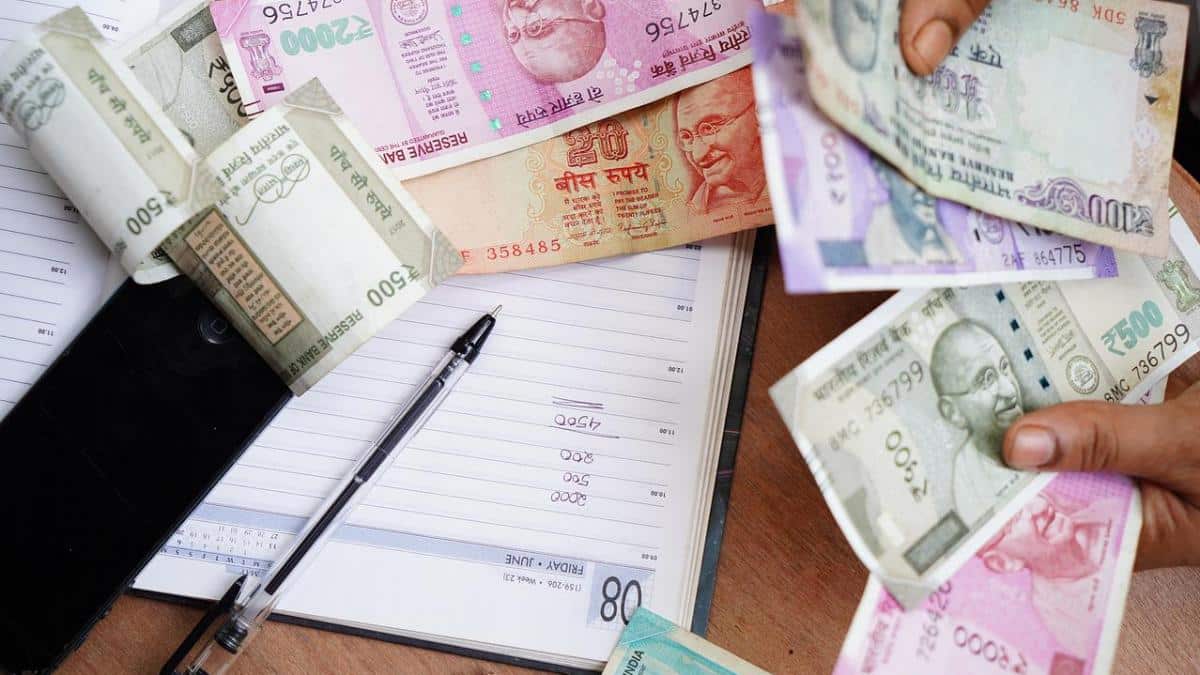Have you planned for your retirement? If you haven’t started yet, you should get on track at the earliest. Many people feel that Rs. 5 crore is a good-enough corpus for retirement. But do you wish to accumulate this amount in the future? If the answer is yes, here are some possibilities that you should explore from the outset, along with factors worth considering for determining the size of the retirement kitty.
Factors That Should Influence Your Retirement Corpus Amount
Here are the aspects that you should take into account while fixing a retirement corpus:
- Your monthly rent if you do not have your own home or do not plan to purchase a home after retirement.
- Household costs each month include groceries, essentials, water, fuel bills, internet, electricity, etc.
- Your lifestyle costs include dining, shopping, periodic replacement of gadgets and appliances, and other necessary home renovations/repairs down the line.
- Your future healthcare costs are over and above your health insurance policy.
- Future vacations and related costs.
These are the points that should influence the size of your retirement corpus.
So How To Invest For Building A Rs 5 Crore Corpus?
Suppose you are 30 years of age and intend to retire at the age of 60. Let us assume that your monthly costs are around Rs. 50,000, while your annual expenses are around Rs. 1 lakh for holidays and healthcare costs. Let us also assume that you are anticipating returns of 12% interest per annum, with inflation at anywhere around the 6% mark. You are also expecting a reduction of expenditure to 75% of current spending after retiring.
In this scenario, for Rs. 5 crores at the time of retirement, you may invest a one-time lump sum of Rs. 15 lakh early on. You can also invest approximately Rs. 1.7 lakh per year for a period of 30 years. You may also invest Rs. 15,000 each month for three decades to achieve this objective. Here are a few points that you should consider:
- You can invest in ULIPs to achieve this objective
- The ULIP meaning is a unit-linked insurance plan. It combines life coverage with investments in market-linked instruments.
- You can initially get higher exposure towards equity when you are young and have lower responsibilities with your investments
- When your responsibilities increase, and you move closer towards the age of retirement, then you can switch more towards debt funds for capital preservation
- Premium payments for ULIPs are tax-deductible up to Rs. 1.5 lakh annually under Section 80C, while the maturity amount will be tax-exempted under Section 10 (10D) if your annual premium is less than Rs. 2.5 lakh
- You can invest up to Rs. 2.5 lakh annually in ULIPs for building your targeted corpus over 2-3 decades. Keep your investment to 10% of the life coverage amount.
- You can also periodically switch funds depending on market conditions. If there is a bull run, then you can go for more equity while switching back to higher debt funds in bearish circumstances.
- You should not discontinue or withdraw your ULIP after five years when the lock-in period concludes
Investing for the long haul means that you will also be eligible for several loyalty bonuses and other incentives from the insurance company. These will also contribute significantly towards your final retirement corpus. For example, with a ULIP, you can invest Rs. 2.5 lakh annually for 30 years and benefit from compounding if you do not make any partial withdrawals. This will help you earn a whopping Rs. 6.76 crores as your corpus, with an expected rate of return at 12%. Hence, you can see how staying committed to an investment will help you reap rich rewards at the time of retirement. This is where ULIPs come in really handy. At the same time, if anything unfortunate happens to you in the policy period, then your family members will be financially secure with the sum assured or fund value payout, depending on the type of ULIP.
Now, if you do not wish to keep all your eggs in one basket, you can also invest in the Public Provident Fund (PPF), which currently offers returns of slightly above 7% and has a 15-year lock-in period that you may extend thereafter. The amount that you deposit will be tax-deductible under Section 80C, while the interest earnings and maturity amount are also exempted from taxes. The maximum yearly investment is Rs. 1.5 lakh annually.
Suppose you earn Rs. 1 lakh each month. In this case, you will have to invest Rs. 20-21,000 each month for ULIPs, leaving you with close to 80% of your income for other spends and savings. If you wish to invest further for retirement, then you can allocate some money for PPF, as mentioned. You can thus deploy another Rs. 12,500 per month in the same. This will help you earn an additional Rs. 40.68 lakh in 15 years at 7.1%. You will make an interest income of Rs. 18.18 lakh in this period. Extending your PPF investment by another 5 years will take the total corpus to Rs. 66.58 lakh. In this way, with ULIPs and other investments, you can comfortably achieve your target of amassing Rs. 5 crores at retirement.
